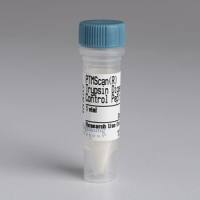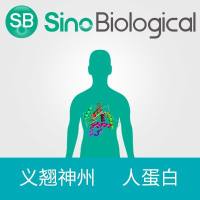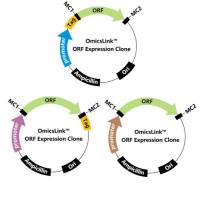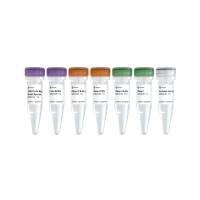Brain stroke is a devastating cerebrovascular disease and ranks as the third most common cause of death and disability in
the US. Altered blood–brain barrier (BBB) signaling and permeability characteristics during stroke can increase the risk for
life-threatening hemorrhagic transformation or damaging brain edema. The BBB plays a crucial role in maintaining the permeability
and CNS homeostasis under physiological/pathological conditions by protecting the brain from the fluctuations in plasma constituents.
Many in vitro brain endothelial cell culture models have been developed and studied over the past several decades to understand
the pathophysiological mechanisms and role of the BBB in stroke. Restrictive barrier properties of brain endothelial cells
have been shown to be predominantly influenced by astrocytes and astrocyte-secreting factors using coculture systems. By using
astrocyte-endothelial cocultures, it is possible to model in vivo BBB characteristics, while allowing for mechanistic studies
to be performed. Hence, the application of in vitro astrocyte-endothelial coculture BBB systems is a powerful technique to
understand and investigate the pathophysiological mechanisms in stroke. This approach can be utilized to uncover cell signaling
pathways and that may identify new neurovascular drug targets to treat this devastating brain vascular disease.






